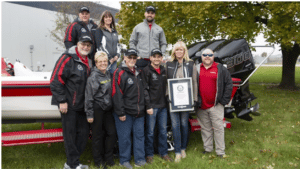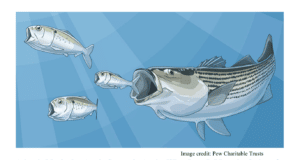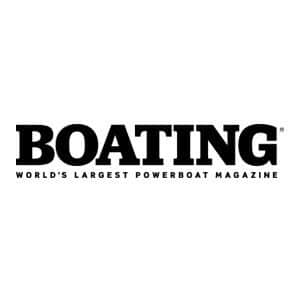Tarpon Springs was founded on the shores of the Anclote River in 1887 by Greek sponge divers and their families. The sponge industry thrived in the settlement until 1940, when sponges were wiped out by a bacterial infestation. It wasn’t until nearly 40 years later in the 1980s when divers began to find healthy sponges again.
The waterfront area of Tarpon Springs (tarponsprings.com) has remained unchanged since the ’80s, giving the area a quaint, well-kept family atmosphere devoid of high-rise condos and super-slick, five-star hotels.
Along the north side of the river, shrimp boats are moored three-deep, waiting for the next good tide. The sponge boats offload their cargo there in the center of the tourist district and many of the sponges are sold right in town.
Sponges look like slimy boulders until they are brought to the surface and washed during a labor-intensive period of 7 days or longer. Naturally antibacterial, sponges, divers claim, are better for washing than cloth and won’t take on the nasty odor that fabrics and synthetic sponges quickly develop. After using one since last summer, we find no reason to dispute their claim.
Grapefruit-size wool sponges, those soft, finely textured sponges sought for bathing, easily can go for $15. Prices range upward from there. After seeing the labor involved, it’s a wonder anyone sells them so cheaply.









